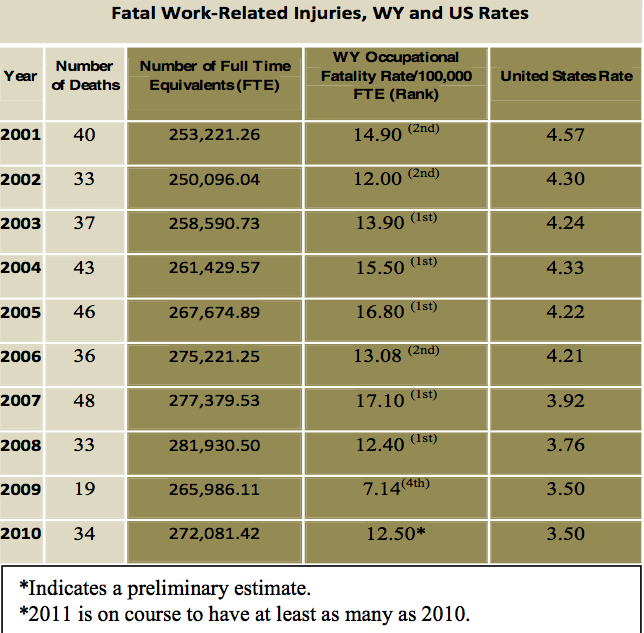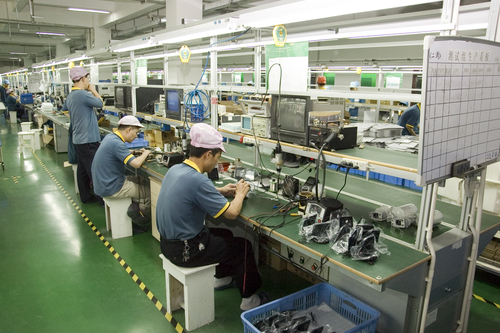The game that pitted Cairo’s Al-Ahly team against Egypt’s Al-Masry Wednesday ended in riots that claimed the lives of 79 people (at current count). Though it is not clear what started the violence, whether it was fans taking their support too far or if it was politically motivated (Egyptians recently marked the one-year anniversary of the revolution that took President Hosni Mubarak from office), what is clear is that the result was frightening, to say the least.
As a result, the governor of Port Said, Egypt, has resigned while the head of the country’s football association has been fired and the board dissolved.
This catastrophe highlights a long-standing violent link between live sporting events and rabid fans. Here’s a glimpse at some of the most recent examples of violence in sports:
- In October 2004, fans of the Boston Red Sox rioted just outside of Fenway Park after the Red Sox won the American League Championship Series over the New York Yankees. Police used “pepper guns” in some cases and an Emerson College student, Victoria Snelgrove, was killed by a pepper filled paintball-like projectile which hit her in the eye.
- On November 19, 2004, near the end of an NBA game between the Indiana Pacers and Detroit Pistons, a brawl erupted between Pacers players and Pistons supporters.
- On April 12, 2005, the UEFA Champions League quarterfinal between intracity rivals AC Milan and Inter Milan was abandoned after Inter fans threw missiles and flares on to the pitch at the San Siro stadium, with AC Milan goalkeeper Dida hit by a flare.
- In May 2006 during an Australian Football League match between North Melbourne and St Kilda, a North Melbourne fan had a provocative confrontation with coach Dean Laidley, to which Laidley responded with a verbal barrage, inviting the fan to the club rooms to see how badly the players were feeling due to their consistently poor on-field performance. The incident was captured on Australian national television. The fan committed suicide by throwing himself in the path of an oncoming train the next morning.
- On June 6, 2010, the final game of the Greek Basket League finals between ancient rivals Olympiacos and Panathinaikos degenerated into what one commentator called a “night of shame” for Greek basketball. Panathinaikos entered the game, held at Olympiacos’ home of Peace and Friendship Stadium, with a 2–1 lead in the best-of-5 series. The homestanding Reds fans were reportedly incensed at what they considered to be biased officiating in the Greens’ favor in Game 3. The violence began even before tipoff, with police forced to use tear gas on rioting Reds fans; the game started 40 minutes late. In the third quarter, with PAO leading 50–42, the game was halted for about an hour after Olympiacos fans threw various incendiaries at the PAO bench, with one smoke bomb exploding next to the bench. By the time the teams resumed play, all but about 2,000 fans had left. Then, with little over a minute left in the game and PAO ahead 76–69, many of the remaining Reds fans began throwing objects on the court, leading the officials to suspend play and forfeit the game to PAO, giving the Greens the title. The new champions had to be escorted off the floor by riot police. The league organizer, HEBA, fined Olympiacos €111,000 and required them to play their first nine home games of the 2010–11 season behind closed doors and without live TV coverage.
- The next meeting between the two teams, this time hosted by Panathinaikos on January 12, 2011, saw Olympiacos win 65–61, followed by a rain of incendiaries from Greens fans at the Reds.
- The 2011 Vancouver Stanley Cup riot immediately followed the loss of the Vancouver Canucks hockey team to the Boston Bruins in the deciding Game 7 of the Stanley Cup Finals in June of that year.
- Later in the same month, major violence broke out involving supporters of historic Argentine football club River Plate during and after their promotion/relegation playoff with Belgrano. The first leg on June 22 in Córdoba was delayed for 20 minutes after River Plate hooligans tore through a fence and stormed the field to verbally and physically attack River players. The second leg, on June 26 at El Monumental in Buenos Aires, had what was reported to be the largest security presence for any match in the country’s history, with over 2,200 police called in. However, it was not enough to keep River hooligans, angered at what became the club’s first relegation from the top flight in their history, from rushing the field. Violence quickly spread, with fires set in the stadium, pitched battles between hooligans and police, and looting in nearby areas. At least 35 police and 55 civilians were reported to have been injured.
- On December 21, 2011, a fourth round match in the 2011–12 KNVB Cup between Eredivisie clubs Ajax and AZ at Ajax’s home of Amsterdam Arena was marred by a violent fan incident. In the 36th minute, Ajax held a 1–0 lead when a fan ran on the pitch and launched a karate kick from behind at AZ goalkeeper Esteban Alvarado. The player responded by kicking the fan several times before security arrived. When Alvarado was sent off for retaliating against his attacker, AZ left the pitch, and the match was abandoned. The KNVB rescinded the red card and ordered the match replayed in its entirety behind closed doors on January 19, 2012. Ajax was also fined €10,000 for failing to prevent the fan—who was supposed to be serving a 3-year stadium ban—from entering the pitch, and given a suspended one-match spectator ban (not including the replay). Ajax accepted the penalties, and announced that it had given the fan a 30-year stadium ban and a lifetime ban from the club and its season ticket list.
It’s clear that event management companies within the sports industry need more robust risk management methods.




